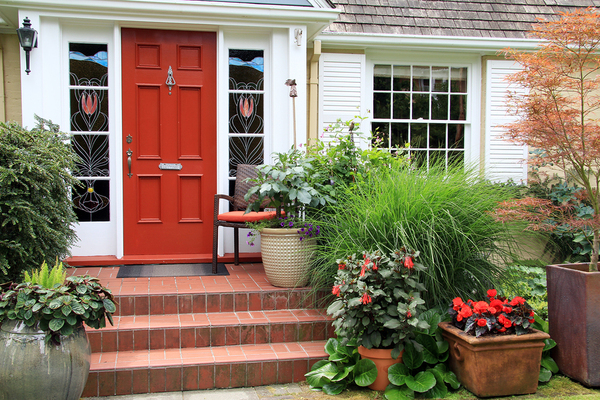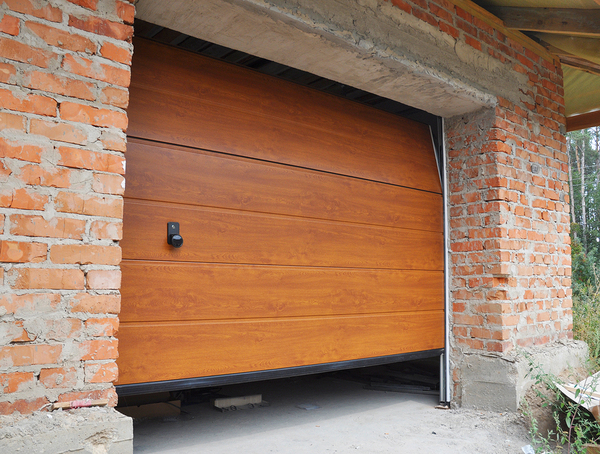One of the most common defects of otherwise lovely homes is poor insulation. One common culprit? Doors that just don’t cut it.
Of course, a low-quality door can do much more than make a home feel drafty. Poorly designed doors can also put occupant safety at risk. Once you are a home inspector, If you want your clients to stay both warm and safe throughout the winter, take a good look at the quality of the doors on their homes and make appropriate suggestions.
Fiberglass Doors
In many instances, fiberglass is a practical and affordable option for any homeowner. The doors are resistant and easily painted to match a home, ultimately requiring little maintenance.
The major downside to fiberglass doors is that they do crack when hit hard enough. This may not be the best option if the homeowner is worried about home security.

As a home inspector, part of your job may be to help homeowners to understand the weather and security issues that doors can cause.
Steel Doors
Steel is a popular type of exterior door, and for good reason. While affordable, these doors offer a steady stronghold against the cold weather outside. Steel is also a great border for security. Requiring little maintenance, steel is energy-efficient thanks to high-density insulation inside the frames.
Homeowners may not know that cutting out panels for glass windows in a steel door may negate some of its insulating ability. Even if the decoration is gorgeous, that may not be enough of a trade-off for the heat loss in severe weather.
Aluminum Doors
Similarly to steel, aluminum offers an insulation-friendly door. One of the best things about aluminum is that these doors can be customized to suit any doorway and with the finish of the homeowner’s choosing, preventing rust and similar issues.
The main downside to aluminum doors is that they can be pricey. Homeowners may spend as much for a custom aluminum door as they might for a heavy-duty wooden door.
Other Door Parts
It is not just the doors themselves that are important. Other door parts are just as essential to keeping the home secure and comfortably insulated. For instance, an adjustable threshold is designed to keep water outside the home. Weather stripping around the door is also important, especially in climates with severe winter or summer temperatures.

The perfect door for your garage or entryway is calling your name.
Tips for Buying New Doors
What could you tell a homeowner about replacing a door? Here are some tips that you could share:
- Research online before visiting a store. Show up with materials and manufacturers you understand a bit about.
- Understand the way air leaks around the door, not necessarily through the door itself. Weatherstripping designed with energy efficiency in mind will help significantly. Don’t forget that weatherstripping does not last forever, especially with frequent door use.
- Hire a professional to install doors, even if you are opting for one of the same size. Otherwise, you might miss something important a professional would spot right away.
- Want to provide protection against intruders? Discuss your options with a security professional before choosing your door.
- Want to keep burglars out? Avoid glass panels that give would-be burglars access to the locks inside if they smash the glass.
- Never discount existing damage before you install a door. Check everything from the door jamb to the threshold for potential problems.
Are you ready to put your knowledge of door insulation to use? As a home inspector or aspiring inspector, you want to know everything possible about your craft. Get a demo of ICA coursework to see if the courses are right for you.
The post The Best Exterior Doors for Insulation and Security appeared first on Home Inspection Training & Certification Online.
